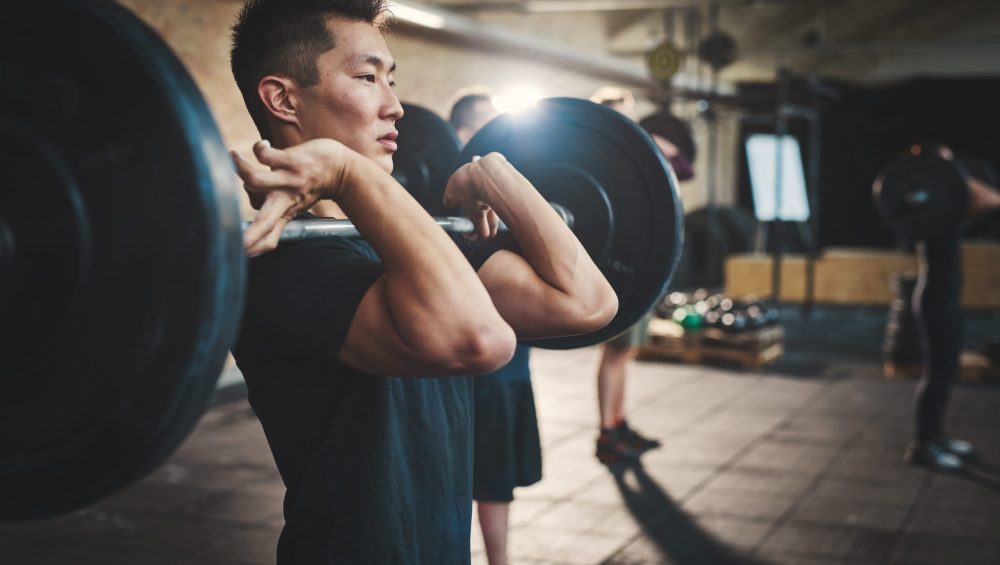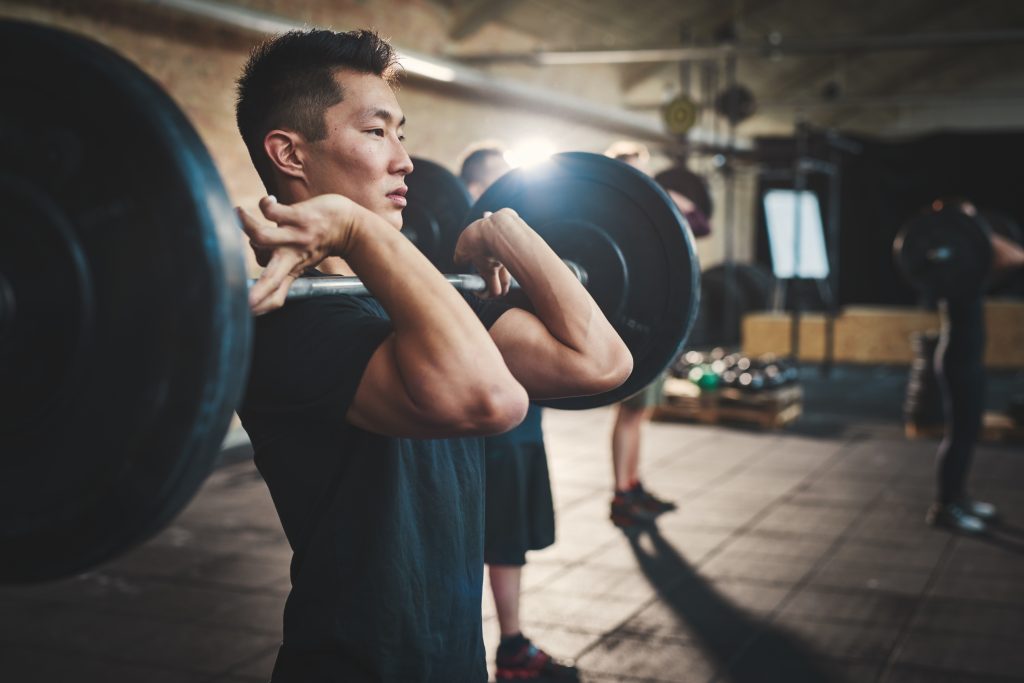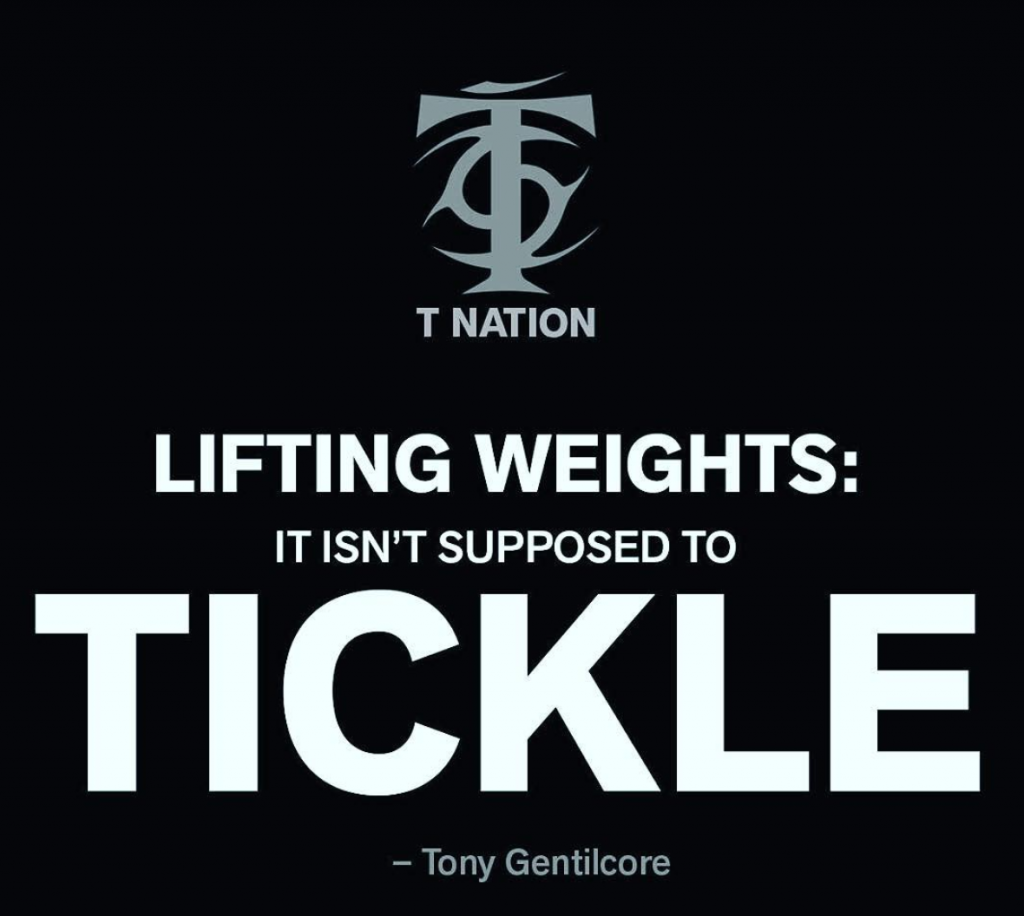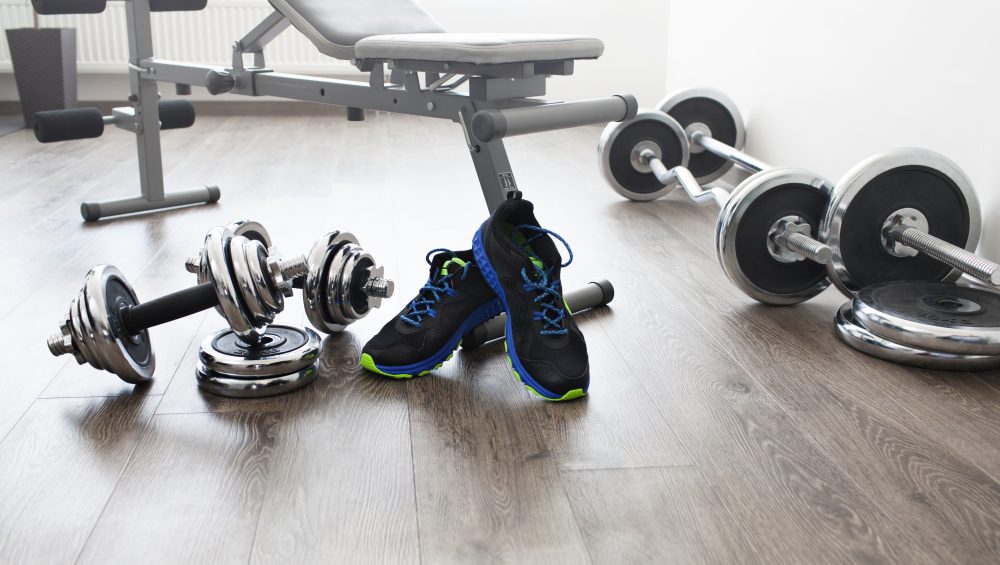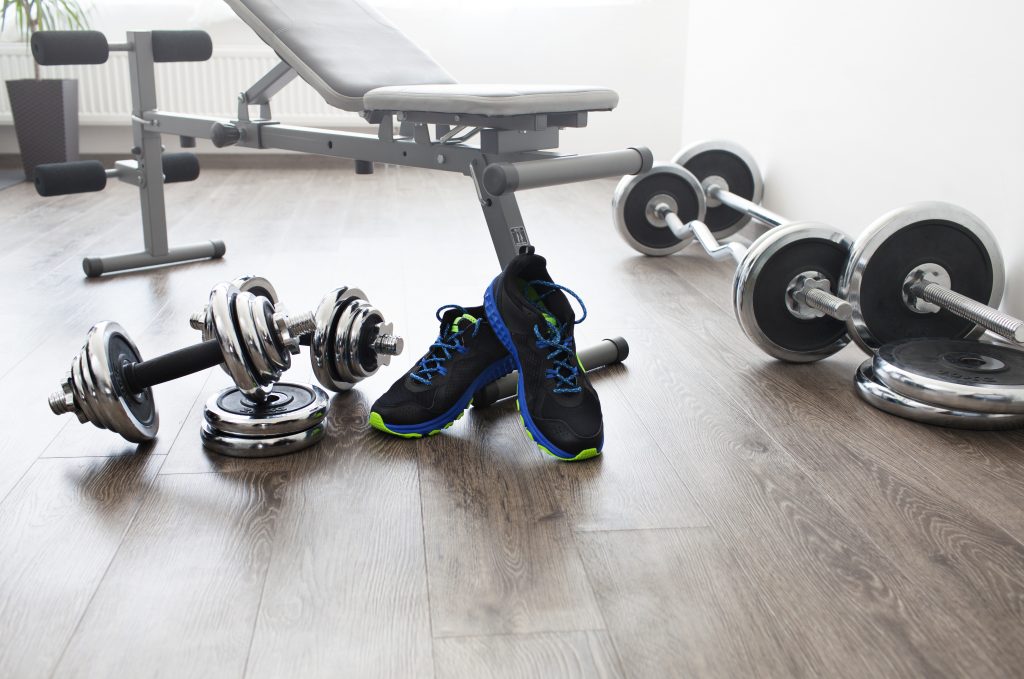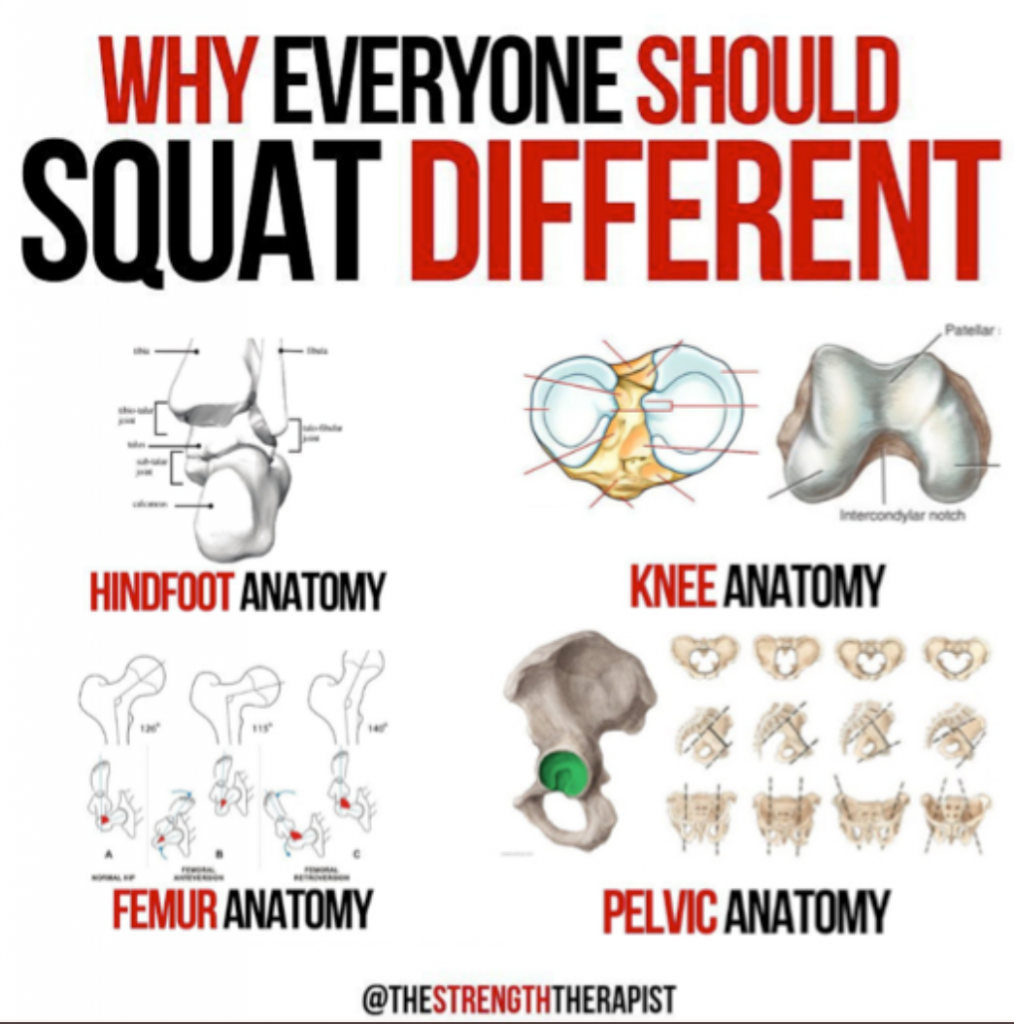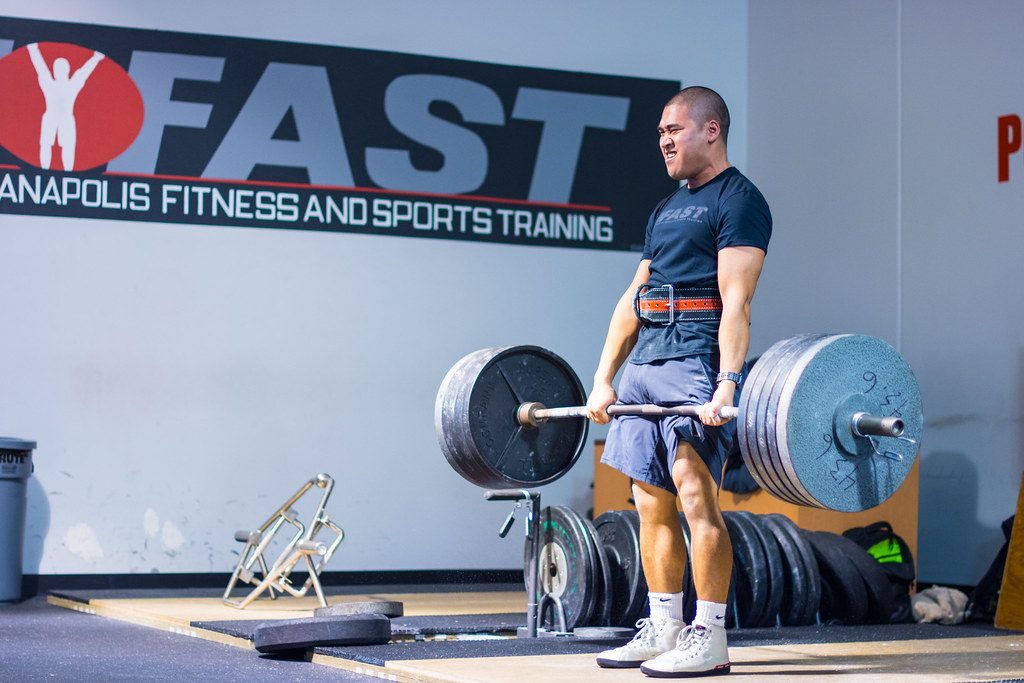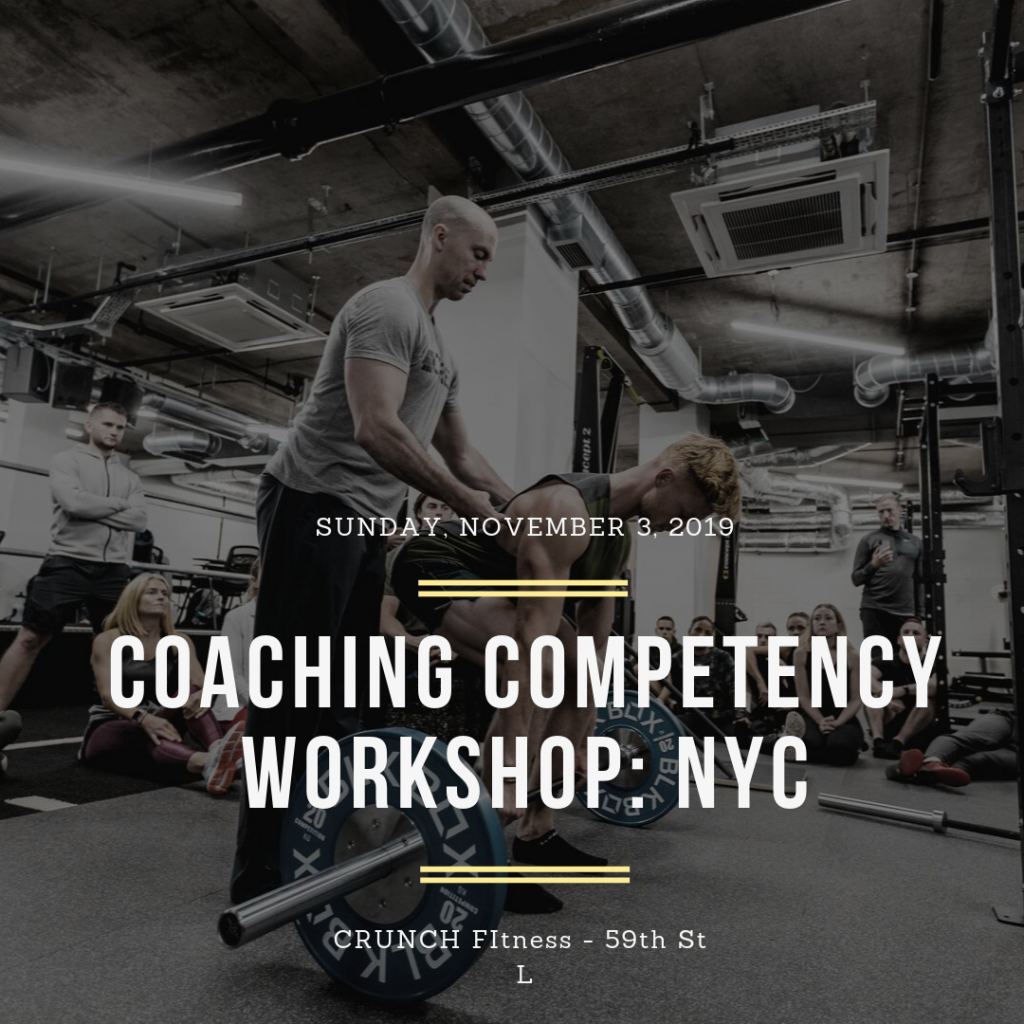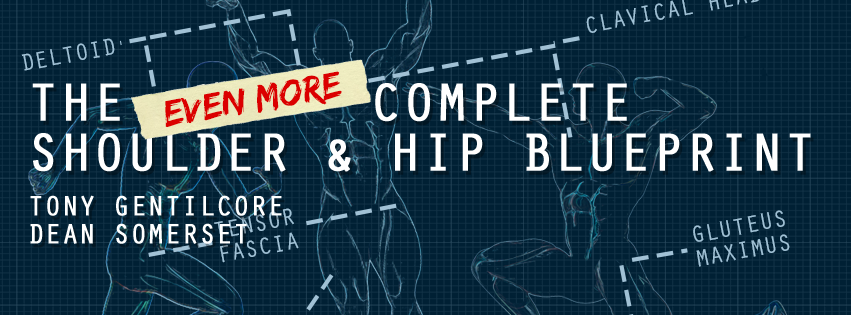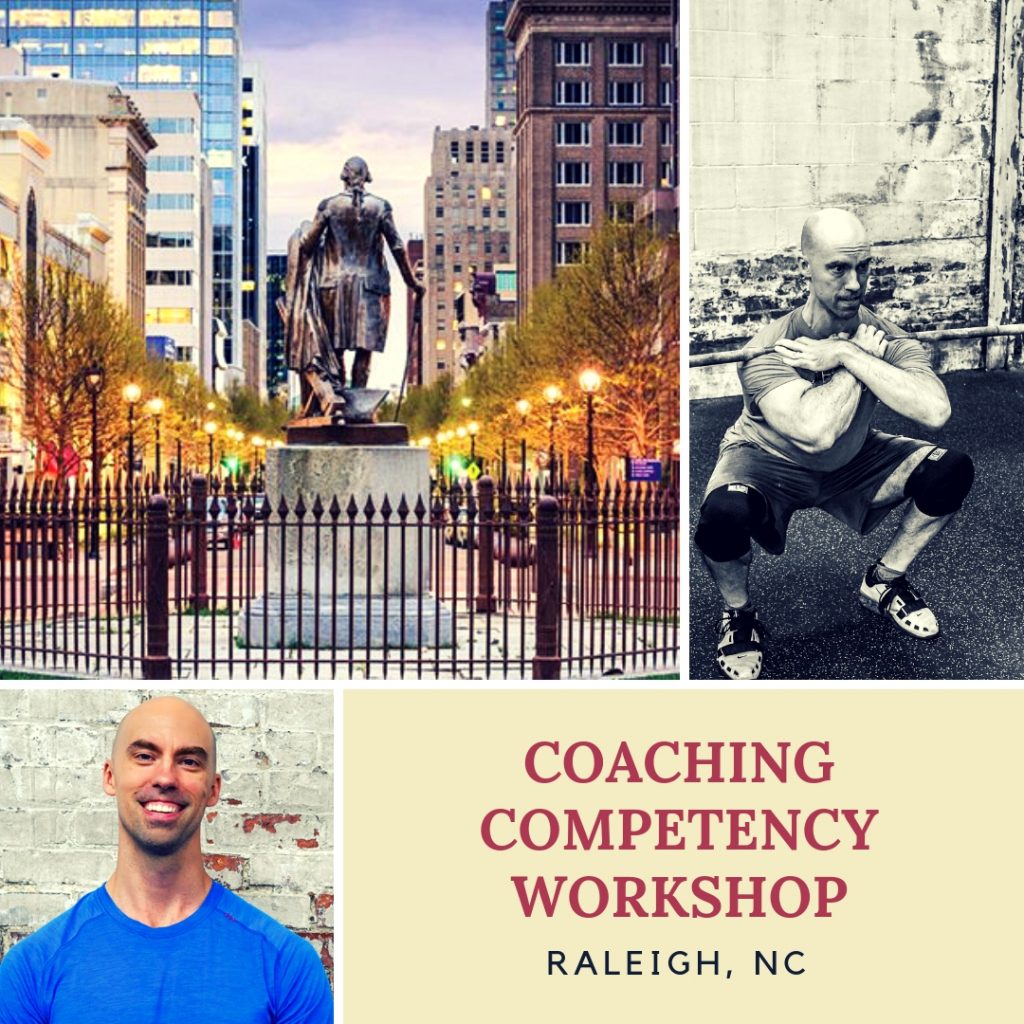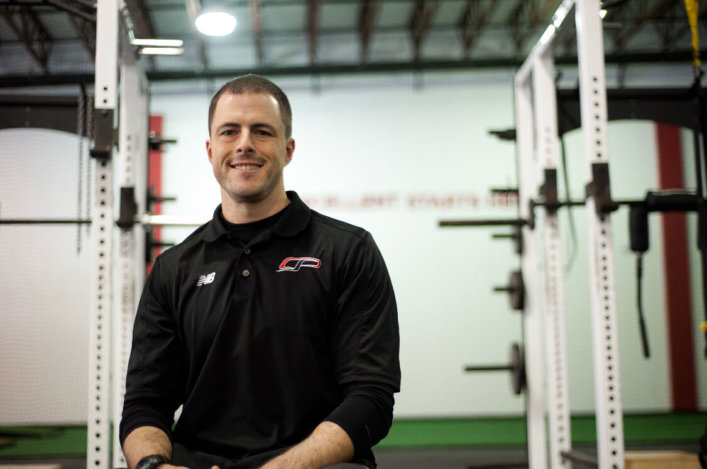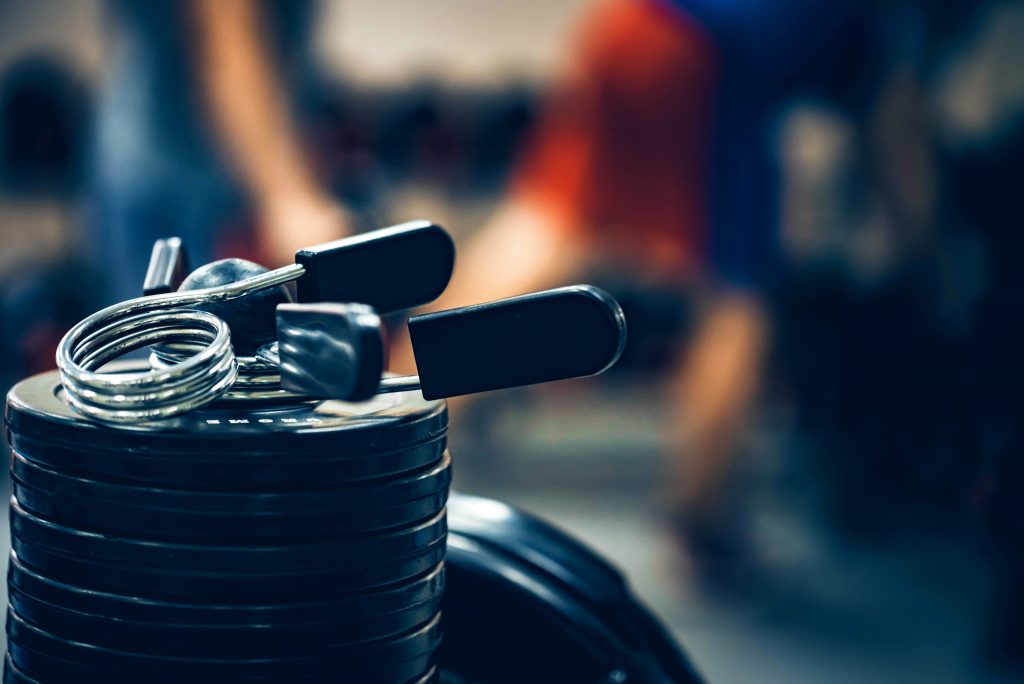You ever head to the gym, get there, and then all you want to do is leave?
No matter how hard you try you just can’t muster the mojo to get going and preserver through a training session.
I had one of those days yesterday, actually.
I stayed and swallowed a somewhat decent session down, but I definitely veered off my program and just opted to perform some random exercises that filled my training love tank that day.1
In today’s guest post by TG.com regular, Shane McLean, he shares some ideas you can implement when you just need a slight change of pace on any given day.
Enjoy!
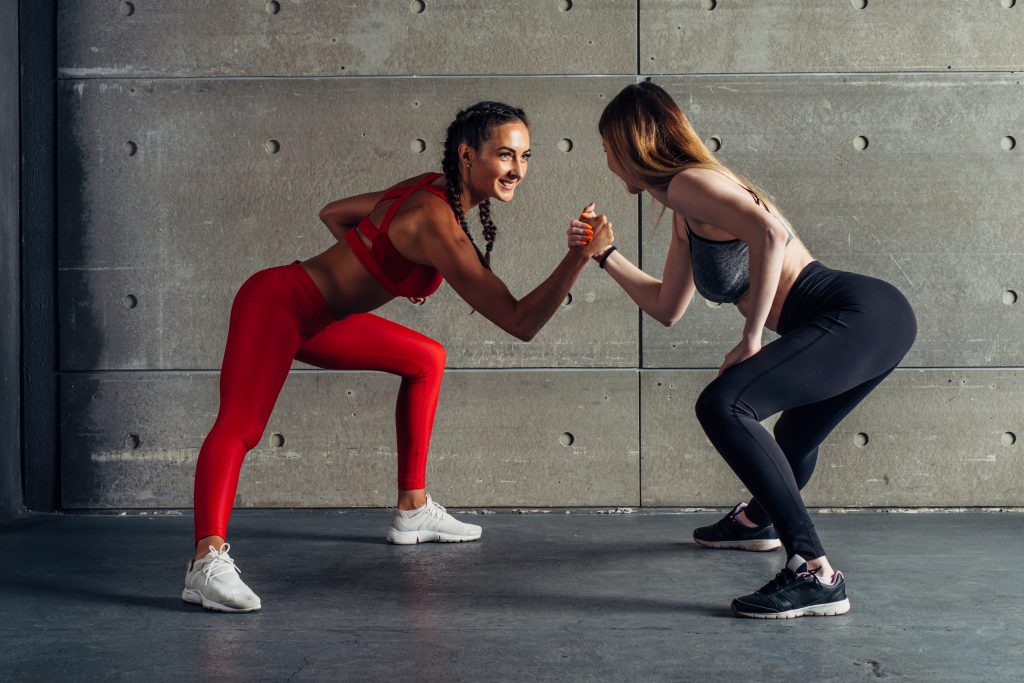
The Art of Distraction
Years ago, my son was getting a cavity filled. Let’s face it, nobody likes going to the dentist and getting those big needles stuck into your mouth.
It sucks.
My son’s first shot didn’t take, and needed a second one to numb the pain.
Then the water works started. Who can blame him? Those needles are scary.
The dental nurse had no bedside manner plus no clue on how to turn the water works off, so I had to think fast.
“Hey, do you realize your bottom lip is so fat the astronauts in space can see it,” I said.
“What are you talking about, Dad? It’s not fat!”
“Feel it. It’s huge,” I said. He smiled, touched his lip and the crying stopped. Problem solved.
You’re thinking, “What the heck has this got to do with exercise?”
Let me explain.
Sometimes you are sore, tired, or uninspired and the last thing you want to do is knock out sets of deadlifts, squats, and overhead presses. The trick (when feeling meh) is to exercise without realizing it.
Hence, the art of distraction training.
I find the best way to achieve distraction is through game play, plus a little friendly competition because you can have fun while exercising, even if you have goals.
Plug the following drills into your warmup or as a substitute for any exercise you have planned. You’ll be sweating and smiling in no time.
NOTE: These ‘games’ work well in a personal training and group exercise setting too.
1. Balloon Tennis (Not Just a Kid’s Game)
This is a great substitute for planks, pushups, or shoulder work, and it’s simple and easy to play.
Set Up – For your “net” you need three step up risers on either side, a body bar, space, plus a blown-up balloon.
Rules – Imagine a straight line down from the edge of your risers. That is your boundary.
Now you and your partner assume a pushup position with feet wider than hip width apart and set up within arms distance from the net.
“Serve” the balloon over the net and bat it back and forth over the net until
- The balloon lands out
- The balloon touches the ground
- You or your opponent lose the plank position
All the above results in a point.
First to 5 points wins. You’ll be surprised at how much this drives up your heart rate.
2. Reaction Ball Squash
This is a great drill to get you moving in all directions quickly while improving your hand to eye coordination. Play this on the squash or racquetball court. Think of it as squash without a racquet.
Set Up – The server serves from inside the service box while the receiver stands anywhere within his or her service half.
Rules – Once the ball has been thrown against the far wall and bounces once, it is fair game. If the ball is dropped, missed, or has bounced twice this results in:
- If the server wins, he wins the point and the right to serve again.
- If the receiver catches the ball, he wins the right to serve.
- Only the server wins a point.
The first person to 10 points wins.
3. Core War
This is a fantastic drill that I “stole” from PTA Global. Core war works on the anterior, posterior, and lateral core while challenging balance. This drill will improve hand-to-eye coordination and quickness.
Set up– Face each other with 1-2-foot distance between each other. Place your hands to shoulder height, elbow bent and palms facing towards your opponent.
Rules– Each person is trying to slap the others hand while avoiding being slapped. You can do this for time for warm up purposes PLUS each partner can keep score. First to 5, 10 or 15 slaps wins.
To make things interesting, the winner can decide a “punishment” for the loser.
4. Stability Ball Wrestle
I know some fitness professionals debate the use of stability balls and Bosu balls in a gym environment. Even some have taken their anger to extreme levels.
Note From TG: It was a dark time in my life.
However, I see them as another tool in the toolbox.
Stability ball wrestle can be used in place of single leg or balance exercises. You’ll be too busy trying to knock each other off balance you’ll never realize (and workout partner) you are training your ankle stability, mobility, and balance.
Set Up – Standing in front of the stability ball put your right foot on top of the ball making sure your right knee is bent 90 degrees. Your partner who is directly across from you on the other side puts their left foot on the same ball, right beside your foot. Your other foot is flat on the ground, This is your stabilizing leg.
Rules – You are both trying to knock your opponent’s foot off the stability ball by rolling the ball aggressively with the foot on the ball. There is no kicking, just pushing the ball any way possible to knock your opponent’s foot off the ball. Person whose foot stays on the ball wins the point.
This can be done as a timed warmup, for 30 seconds on each foot. Or turn this into a friendly competition. Every time some loses his balance it results in a point for the opponent.
First to 5 or 10 points wins.
5. The Boxer
Use this in place of any chest or shoulder exercise. This drill will work on power, muscular endurance, and hand-to-eye coordination. Think of it as a fun band chest press.
Set Up – Use a resistance band with handles looped around a solid anchor point and bring hands to shoulder level with the resistance band under and not over your arms. Your partner puts his or her hands up, open palms facing forward and away from their face.
Rules – You hit the open palm (with a clenched fist), one hand at a time. Your partner can change his hand position up, down, or left and right to increase the challenge.
You can do this for time and record the amount of hits or use it as an upper body finisher, using a timed interval of your choice.
Wrapping Up
These five games can be integrated into any training session to turn the tedious part of your workout into something fun that can help improve your performance too. Let’s put some fun back into exercise.
About The Author
Shane “Balance Guy” McLean, is an A.C.E Certified Personal Trainer working deep in the heart of Louisiana with the gators.



